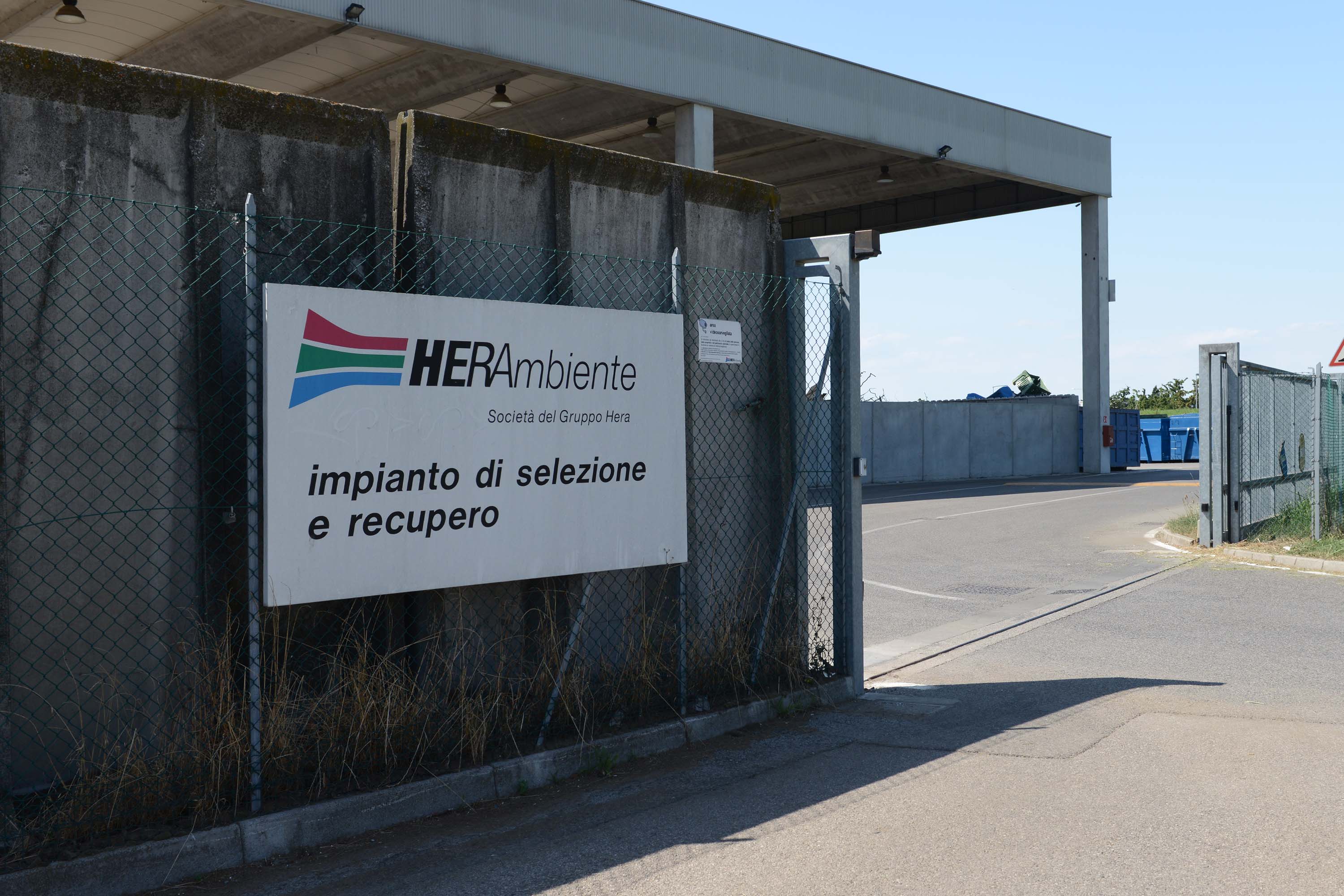Overview
Plant for the storage, selection, treatment and recovery of:
• municipal solid waste (deriving from the separated collection by the municipalities of dry mono and multi material fractions)
• non hazardous special waste (deriving from artisanal and industrial production activities)
Page updated 26 August 2015
Form
-
Annual treatment capacity
90,000 tonnes/year -
Type of waste accepted at the plant
Paper and cardboard packaging waste, glass, plastic, tins, wood and prunings, ferrous materials, mixed materials, etc. -
Subsequent destination of waste
• Recovery consortiums: CONAI (COMIECO, COREVE, RILEGNO, COREPLA, CIAL)
• Material recovery plants: paper, glass, wood, plastic, aluminium, etc.; energy recovery plants -
Treatment lines
3 -
Recovery efficiency
60% 65%
- a line devoted to the treatment of mono- and multi-material fractions of separately collected municipal waste;
- a line devoted to the volumetric reduction of mono-materials after quality controls;
- a line devoted to the grinding of the ligneous fraction (wood, clippings and prunings).
The waste arriving at the plant is subdivided by type and subjected to checks on the quality and conformity of the materials. The plant has three separate treatment lines:
On these lines, the waste is put through a series of manual and mechanical operations (optical readers, sieves, magnets, etc.) for selecting the fractions present in the various flows of treated waste, in order to ensure adequate product uniformity of each recovered fraction by eliminating scraps and materials not amenable to recovery.
The residue from the selection process is sent for use in recovery plants to produce secondary solid fuel or energy, or for final disposal in a controlled landfill.
On these lines, the waste is put through a series of manual and mechanical operations (optical readers, sieves, magnets, etc.) for selecting the fractions present in the various flows of treated waste, in order to ensure adequate product uniformity of each recovered fraction by eliminating scraps and materials not amenable to recovery.
The residue from the selection process is sent for use in recovery plants to produce secondary solid fuel or energy, or for final disposal in a controlled landfill.





